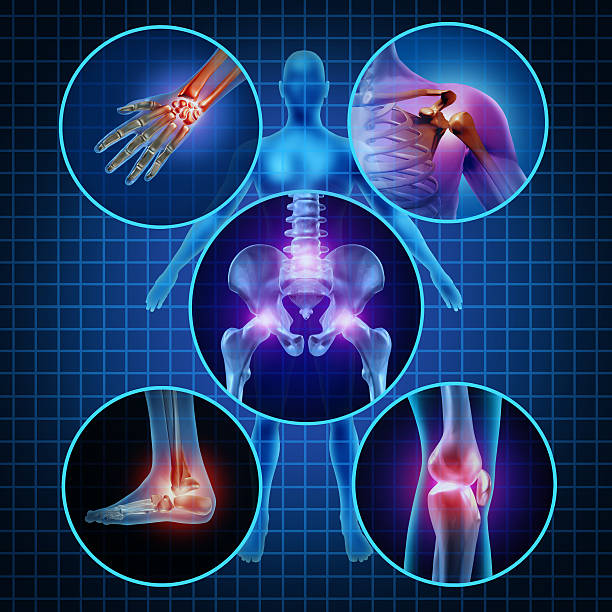How long do metal implants last in the body? The question you should ask before implant placement
Titanium implants in the body can last up to 20 years without changing their quality. But does the material of the implant affect its durability? What is the body’s immune response to implants? Read this article.
Medical science utilizes a variety of materials to repair or replace damaged tissue. For a long time, the body’s reaction to implants and metal implants’ durability has been the most critical issue regarding implant placement. Necessary raw materials may be obtained from humans or other living organisms. Generally, suppose biological materials are used to repair a part of the body. In that case, they are transplanted, and when artificial materials are used to replace tissues, they are classified as implants. Because implants have great potential to harm humans and even animals, they are subject to strict FDA regulations. The implant is a Class 3 medical device that must be manufactured and used in compliance with all FDA regulations at this level. Any non-medical use of the implant is strictly prohibited.
When each titanium implant enters the body, it can last up to 20 years. Dental titanium and dental implants can stay in place for even longer than 20 years without any change in quality. However, does the material of the implant affect its lifespan? What is the body’s immune response to implants? Do implants have an expiration date? You will get the answers to all your questions by the end of this article.
Orthopedic Implants, Treatment for Moving the Joints of the Body
Correctly yet flexible metals are utilized in this medical industry. These properties have led to their widespread use in structural applications. Metals and alloys can be divided into ferrous groups such as steel and cast iron, and non-ferrous. Non-ferrous metals and alloys are the most commercially important groups. The most widely used include pure elements and alloys of aluminum, copper, silver, titanium, zinc, and cobalt. These metals are used as biomaterials due to their excellent thermal, conductivity, and mechanical properties. Such biomaterials are used in the construction of structures and implants in the body. Implants replace the lost biological system of a diseased body or are used to restore the shape of a part of the body. It can be said that biomaterials help to improve the quality of life and increase longevity. In general, metal biological materials are used to withstand loads on parts of the body that have lost their resistance, especially in the elderly. In the last decade, the use of bio-implants or biological implants to meet the elderly human population’s demands has overgrown. Today, different parts of our body can be rejuvenated using biomaterials and metal implants’ durability in the body. Orthopedic implants, the backbone and used in cranial, shoulder, knee, hip, elbow, corner, orthodontic surgeries, and orthodontic structures have evolved using biological materials.
Application of Implants in Different Parts of the Body
In most cases, the surgeon must injure the tissue before implanting any implant. Another essential step in the implantation process is to remove as much of the patient’s damaged tissue as possible. The success of the whole operation, the durability of metal implants in the body, and the receipt of good response (response) depend on the type and degree of tissue response called implants’ biocompatibility. Biocompatibility requires mechanical, chemical, and surface compatibility. The response of body tissue to the damage caused by implant placement may vary depending on the site, species, contamination, and other conditions.
However, the inflammation and the cellular response to the wound are the same in all cases. The body’s response to any foreign object is a protective defense mechanism that can detect and react to allergens or toxins, warning the physician. Biomedical implants are now widely used in orthopedics, dental implants, breast implants, vascular transplants, cardiology, ophthalmic lenses, and smart drug injection pumps.
Reaction and durability of metal implants in the body are not familiar to all medical implants. Sometimes implants do not coordinate with living tissue, and the fibrous capsule shows different responses. For example, contraction of the breast implant capsules causes the implant to shrink while the capsule response of implant injection pumps is entirely different. Sometimes, the body’s inappropriate response interferes with the drug’s molecular distribution or leads to failure.
What are the Materials Metal Implants?
The most common metals and alloys used in implants include stainless steel, cobalt-chromium alloy, titanium, and nickel-titanium alloy (nitinol)—material friendly metal engineered materials which are designed to provide built-in support of biological tissue. Orthopedics, dentistry, followed by the heart (pacemaker and artificial heart valve), and vascular neoplants (aneurysm clips) are the most widely used implants. In contrast, biomaterials are natural biomaterials derived from plants or animals. Natural biomaterials are used to strengthen, replace, or repair tissues and organs in the body. Alternative tissues are usually taken from pigs because they are most compatible and similar to human body tissues.
List of Biomaterials Widely Used in Implant Making
Titanium alloys made from non-toxic, non-allergenic elements, and stainless steels (nickel-free and Co-Cr alloys) are being developed. Examples of biological materials are:
- Alumina
- Zirconia
- Titanium
- Niobium
- Carbon
Examples of synthetic components made from biomaterials are:
- Joint replacement
- Bone plate
- Intraocular lenses (IOLs)
- Bone cement
- Artificial ligaments and tendons
- Dental fixation dental implants
- Blood vessel prosthesis
- Heart valves




